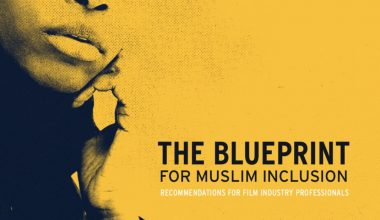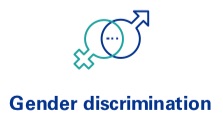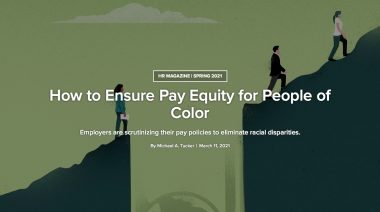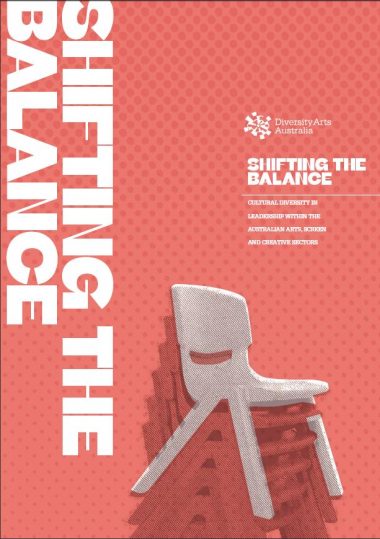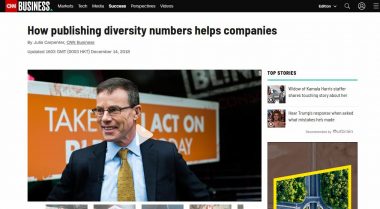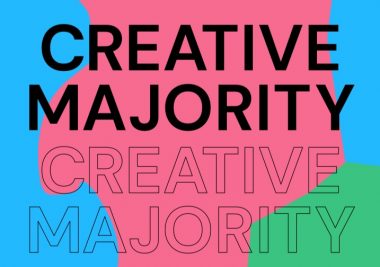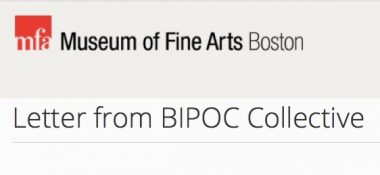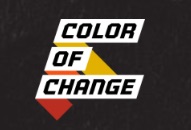More and more organisations are publishing their pay and diversity data, and this is a positive trend. Not only does it signal the good intentions of those in leadership roles; making data public helps to keep focus firmly on inclusion targets. Organisations that are genuinely committed to a workplace that includes everybody will publish diversity data that reveals how many positions are held by employees from different cultural groups, with seniority level and pay grade breakdowns. Making your data intersectional – how many black women with disabilities work for you, and what are they paid? – is another significant factor in providing the fullest picture possible.
Once your organisation has made the leap, it is more likely to see diversity improve year on year.
How do I do it?
- Commit resources to doing the task well
- Begin with clean datasets – you may need to clean up the records you already have
- Follow the guidelines from D&I experts (many useful resources are included here).
- Think about intersectionality at the outset
- Don’t settle for diversity figures alone; include pay data
- Undertake a pay equity analysis
- Listen to your own workforce and to cultural diversity campaign groups – what data do they want to see publicised?
This website focuses on ethno-cultural, migrant, refugee and minority ethnic racial equity in the arts and creative sector. Working with First Nations communities and cultural material requires very specific frameworks, protocols and standards that this website does not attempt to address. Find out more.

